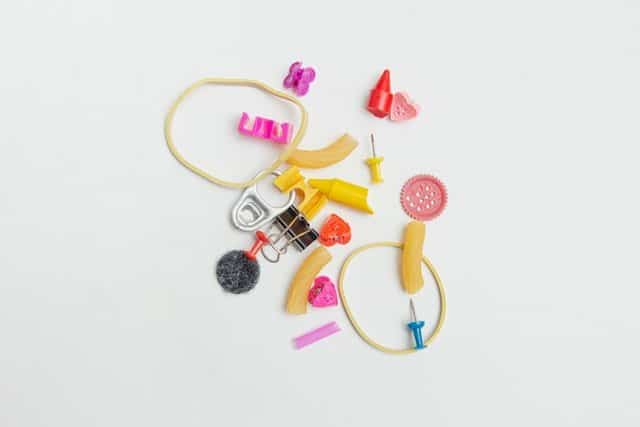Hi, Candy McCune here. Almost everyone around me these days feels they have too much to handle and not enough time. Our work no longer has clear boundaries, and it seems to never end.
I love David Allen’s book “Getting Things Done”. He points out that the relative speed of changes in our cultures, lifestyles and technologies are creating greater need for us to take more control of our personal situations, more often. His book and method are excellent, and they’ve helped many people achieve the clear mental space needed for them to do constructive things.
What I happened to really focus on, though, is “your mind is for having ideas, not for holding them”.
And he’s right. I can only keep one or two things on my mind at a time, and I am heading for overwhelm if there’s more. And the stress on my memory — not good.
So when I recently heard someone describing ‘pairing’, I was thrilled to have an easy tool for helping me clear my mind and make habits take some of the load off my memory.
The definition of pairing is to join or connect to form a pair or twosome.
What makes it really helpful, I learned was to look at it as putting one thing you DON’T like to do, so you don’t remember to do it or motivate yourself to do it.
You pair that with something you DO like to do, therefore, you probably do it consistently.
So the end result is that both get done — and without a lot of angst or rethinking or use of your mind energy.
So here’s a simple example. As I’m cooking breakfast, I crack the eggs and scramble them. But as I’m stirring and cooking, my mind’s thinking about a lot of other things — the agenda for the day… or maybe I’m trying to solve a work issue, whatever.
But I like to salt my food while I’m cooking. All of a sudden, I think “did I salt it or did I not?”
Yeah, I’ve ended up salting my eggs multiple times. Yuck. Or, I thought I salted them but it turns out when I taste them…Nope, I didn’t.
So I applied the pairing idea I had just learned. Now, when I take the eggs out of the refrigerator, I put them right next to the salt and pepper shakers with the salt shaker in front.
So, whenever I grab the salt shaker and use it to salt the eggs, then I replace it right behind the pepper.
This, in the midst of my musings about other things, will allow me if I suddenly think “Oh, did I salt the eggs?” — I can glance at the salt shaker, and I know instantly if I’ve done it or not.
No more thought energy wasted.
Another place I have applied this is in my Callanetics — my daily routine of exercise. It involves small, muscular movements, which you have to count.
It gets boring and it’s not fun. And if I don’t do it first thing in the morning, it won’t happen.
So I paired it with actually two things I like because I needed strong reinforcement here.
First, I made a hard and fast rule that I could not have my bulletproof tea until after I exercised. And I added one. I turn on the TV, which I never do during the day, to get the news as I do that mindless exercise counting.
Getting the TV news is something I enjoy, but I just don’t give myself time during a busy schedule. This pairing, though, has worked very well.
Hopefully, if you’re having difficulty being consistent with taking your 90 for Life daily supplements, you can work out a pairing that helps you do it. Try to think of pairing it with a reward, or something you do daily — faithfully. And it will remind you of your supplements.
Now, to take pairing a notch higher, I would point you to a great book I enjoyed recently, and immensely.
I met the author at a marketing conference. She asked me to help review the book for feedback before it was published, since I was a mom and a grandma of boys.
So I had the backstory from her about the summer camp in the 1950’s, and that’s the backbone experience shared in the book.
The story is of their secret of creating magic in the lives of young boys that puts them on a path to becoming wonderful fathers and husbands and teachers and community leaders.
What was the pairing? Well, the camp was on a lake and rowboats were available as part of the experience. But you could not take a rowboat out until you were able to demonstrate that you could swim across the full distance of the lake.
Swimming the lake was a huge achievement, and a desired reward was being able to take a rowboat out on the lake.
That was a very necessary safety rule they had, and they paired it with a much coveted activity to result in an excellent life lesson, actually.
I highly recommend the book “Swim the Lake Before You Row the Boat” by Tess and Deborah Canja. Much more in the way of pairings you’ll find in there.
So what pairing are you thinking you could do to help reduce the mental energy you expend daily and help cement some good habits that won’t drain your mental energy either.
Happy pairing. This is Candy McCune, your guide to better health. Please scroll down and leave me a comment. I do appreciate hearing from you


